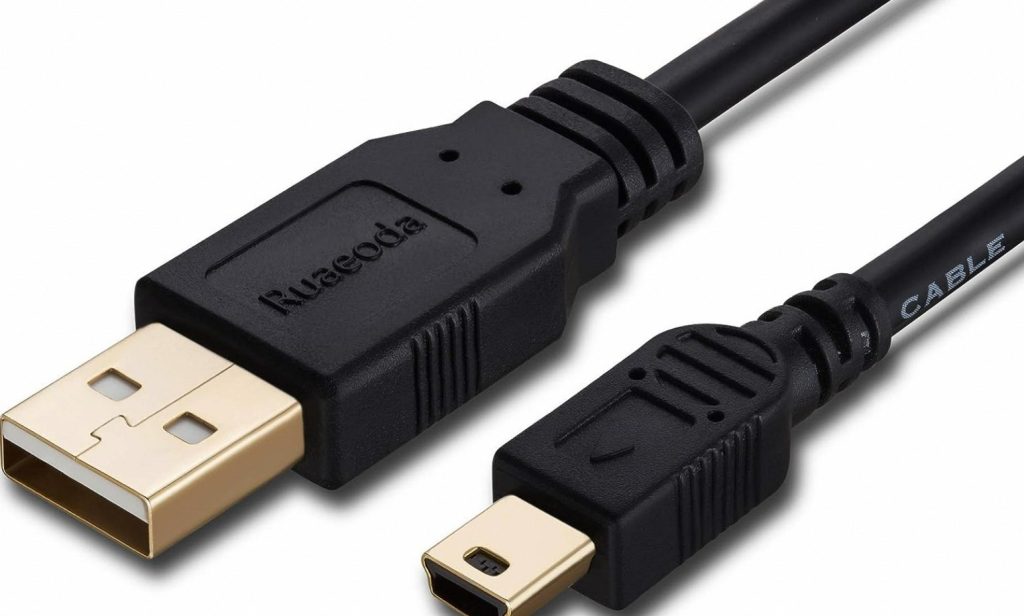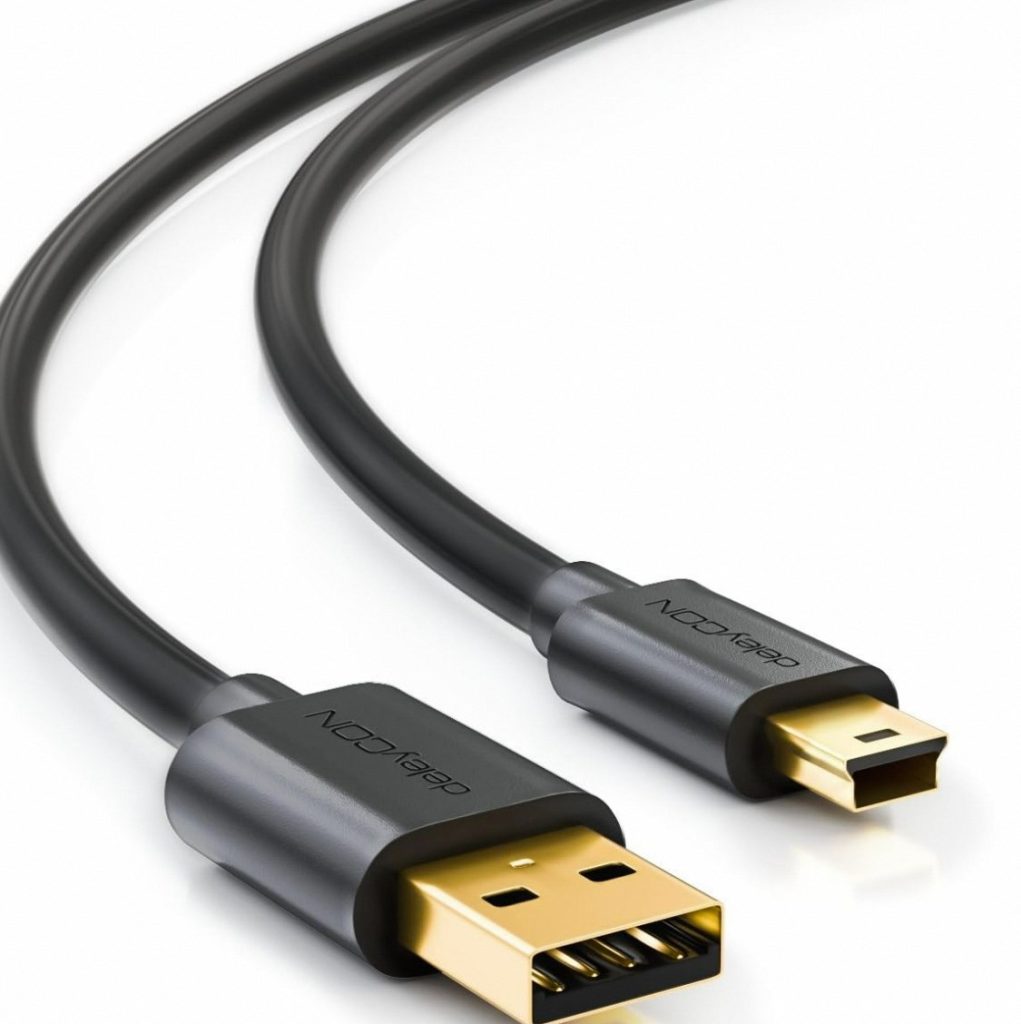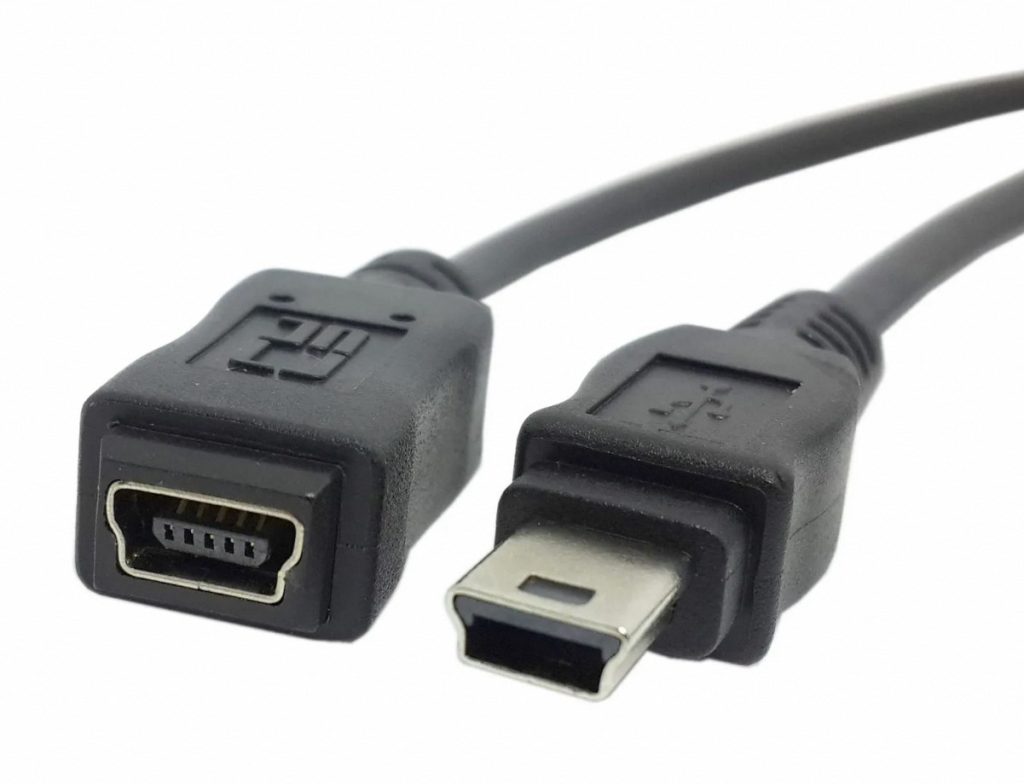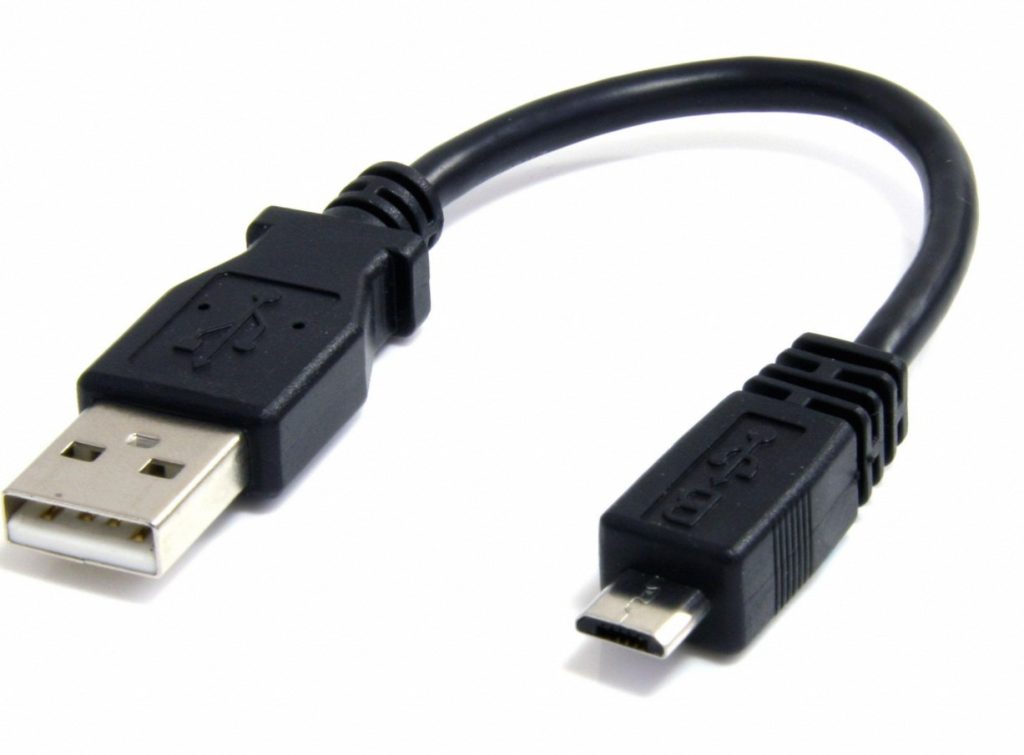In the realm of tech, connectors are the unsung heroes, silently facilitating the flow of data and power between devices. Among these, the USB Type-B connector, often overshadowed by its flashier cousin Type-C, holds a unique place. This article delves into the world of Type-B, exploring its functionalities, advantages, and ongoing relevance despite the rise of newer technologies.
Part 1: Beyond the Rectangular Shape

More Than Just Printers:
USB Type-B connectors, often linked with printers and scanners, have a much broader application scope beyond office equipment. They are also commonly used in external hard drives, early mobile phones, digital cameras, and even some gaming consoles for data transfer and power delivery. This wide adoption of Type-B across a variety of devices underscores its versatility in establishing connections between peripherals and a computer or host device. Whether for data transfer or powering peripheral devices, the USB Type-B connector has become a widely accepted and frequently utilized interface, showcasing its adaptability across diverse technology products and consumer electronics. Its prevalence within various segments of the consumer electronics industry demonstrates its enduring significance and continued relevance in modern technological ecosystems.
Power Delivery Capabilities:
The functionality of USB Type-B extends beyond simple data transfer. These connectors can provide power to a variety of devices. Early versions supported basic charging needs, while later iterations, like USB 3.0, have increased power delivery capabilities. This allows for powering devices like portable hard drives and low-power peripherals directly from a computer’s USB port, eliminating the need for separate power adapters.

Part 2: Enduring Strengths of a Legacy Connector
Built to Last:
USB Type-B connectors are known for their exceptional durability, with the robust rectangular design capable of withstanding numerous insertions and removals without succumbing to wear and tear. This notable resilience makes them well-suited for devices that are frequently connected and disconnected, such as external storage drives and scanners. Whether used in industrial settings, office environments, or personal computing, the durability of USB Type-B connectors ensures reliable and uninterrupted connectivity. This longevity and resistance to physical stress contribute to their widespread adoption and continued relevance in diverse technological applications. As a result, users can depend on Type-B connectors to maintain secure and stable connections, even in environments where frequent plugging and unplugging occur. Their ability to withstand the rigors of frequent use underscores the enduring quality and utility of USB Type-B connectors in various practical and industrial settings.
Bridging the Gap Between Generations:
USB Type-B connectors offer a significant advantage in their backward compatibility. This feature is particularly beneficial for businesses and organizations that still rely on a vast number of older devices, as it ensures continued functionality when integrating these devices with modern computers. The ability of Type-B connectors to work seamlessly with legacy equipment alleviates the need for extensive replacements, reducing potential costs and streamlining the transition to newer computing systems. Backward compatibility also provides reassurance to users, as it means that older peripherals and devices, such as printers, scanners, and external drives, can maintain their utility and seamlessly integrate with contemporary computers and devices. This compatibility feature extends the lifespan of older equipment, offering a practical solution to businesses and individuals who rely on legacy devices while simplifying the process of integrating them into modern technology ecosystems.

Part 3: Unconventional Uses for a Familiar Connector
Industrial Strength Connectivity:
In addition to their commonplace use in everyday consumer electronics, USB Type-B connectors have carved out a niche in industrial settings due to their robust build quality and reliability. These connectors are often utilized for connecting industrial printers, scanners, and control panels to computers, where their ability to withstand harsh environments, dust, and potential vibrations makes them a dependable choice for industrial applications. The durability and resilience of Type-B connectors make them well-suited for use in manufacturing facilities, warehouses, and industrial automation environments, where reliability and uninterrupted connectivity are crucial. Their capacity to maintain stable connections in challenging conditions ensures that industrial equipment can operate efficiently without being compromised by the rigors of the industrial environment. As a result, USB Type-B connectors have become integral components in industrial connectivity, fulfilling the demands for reliable and enduring connections in harsh working environments.
The Musician’s Secret Weapon:
The world of music creation also relies heavily on USB Type-B connectors. They serve as the standard connection for keyboards, synthesizers, digital audio interfaces (DAIs), and other musical equipment. This allows musicians to connect their instruments to computers for recording, editing, and performing music. The reliable data transfer of Type-B ensures smooth and uninterrupted audio recording and playback.

Part 4: The Future of USB Type-B in a Changing Landscape
A Gradual Shift:
The technological landscape continues to evolve as USB Type-B connectors remain widely used. Newer variants such as Type-C are gaining prominence due to their smaller, reversible design, faster data transfer speeds, and higher power delivery capabilities. This shift indicates a gradual replacement of Type-B connectors, particularly in newer devices. The smaller and more versatile Type-C connectors offer several advantages, including their ability to transfer data at faster rates and accommodate higher power delivery, making them well-suited for the demands of modern computing and mobile devices. As a result, while USB Type-B may retain its relevance in legacy systems and devices, the emergence of Type-C signifies a notable transition in the realm of connectivity standards. This evolution reflects the ongoing quest for enhanced performance, efficiency, and convenience in the realm of digital connectivity.
Finding its Niche in the Long Run:
Despite the rise of Type-C, USB Type-B connectors are likely to hold onto their relevance in specific applications for some time to come. Their established presence in legacy devices, industrial settings, and certain musical equipment segments will ensure their continued use alongside newer technologies. Additionally, their durability and backward compatibility will likely make them a preferred choice for cost-effective solutions in specific sectors.

In conclusion, USB Type-B connectors, often seen as a relic of the past, continue to play a vital role in connecting a vast array of devices. Their versatility, durability, and backward compatibility have made them a reliable workhorse across various applications. While newer technologies are emerging, USB Type-B connectors are likely to persist in specific niches, ensuring their continued presence in the ever-evolving world of tech.



